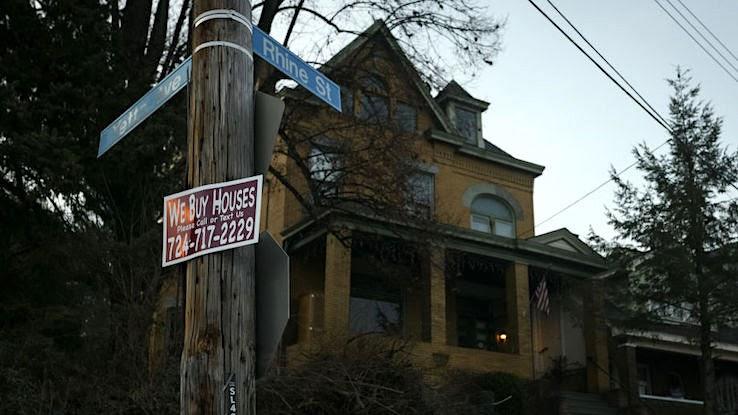
No matter where you live, you’ve definitely seen them. Stopped at a red light, you glance over at the sidewalk. Your eyes reach a telephone pole and, traveling upward, they settle on a bright sign boldly proclaiming, “I buy ugly houses!” Or, browsing the newspaper classifieds one morning, you can’t help but notice the biggest ad on the page — one with lots of exclamation points and the promise of cash payments for run-down properties. These and similar advertisements are everywhere these days — but what exactly are they all about?
As it turns out, “I buy ugly houses” ads are related to flipping, which is the practice of purchasing low-value homes that are in poor condition or that owners need to get rid of quickly before remodeling those homes and selling them to make money. Over the years, house flipping has seen huge interest from both real estate buyers and sellers because of its potential for profit — so much so that there’s even a franchise company called We Buy Ugly Houses that aims to capitalize on this process. If you’re wondering whether the “I buy ugly houses” claims are legitimate or you’re interested in how it relates to the home-flipping process, learn more about what’s involved and what role it’s begun playing in the real estate market.
Who Buys “Ugly” Houses and Who Sells Them?
“Buying ugly houses” is essentially an attention-grabbing way to advertise that a company or individual is willing to purchase homes that are having trouble selling because they aren’t in great condition. Perhaps they’re not up to code, or they may have incurred damage in some way that would make them unappealing to potential buyers. Economic conditions can also make it easier or harder to sell an “ugly” house.
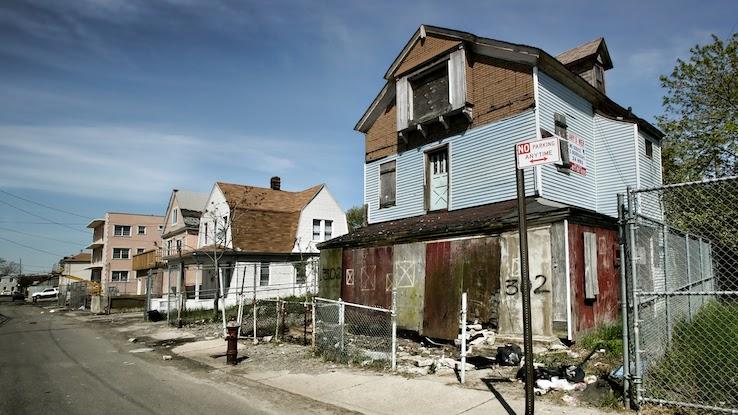
In buyers’ markets where there are more homes available for sale in a geographic area than there are buyers, prospective buyers can get better deals on those properties. In sellers’ markets, the inverse is true. This means that trying to sell a home in a buyers’ market can be difficult even with a home that’s in good condition. So, homeowners who have properties in poor condition in areas with buyers’ markets may feel that their chances of selling their homes are low. It’s not an ideal prospect, particularly if they need to get out from under a loan or change their housing situation quickly due to a divorce or another life event.
This can be appealing for real estate investors, also known as wholesalers, who are looking to turn a profit. These are the typical buyers of “ugly” houses. They usually offer to purchase the homes with cash, often at below market value in exchange for a quick sale that skips the uncertainties involved with negotiating offers in a traditional real estate transaction. Wholesalers and flippers deal directly with homeowners and handle all necessary communications with them to complete this process instead of going through a real estate agent.
What Qualifies as an “Ugly” House?
“Ugly” — at least the way home flippers use it in this context — is a marketing term that’s meant to catch “the attention of average homeowners who aren’t particularly familiar with distressed houses,” notes real estate expert Brian Kline of Realty Biz News. The implication is that the home needs cosmetic improvements, but “ugly” may also encompass homes that need major repairs due to fire damage or other types of deterioration. When buyers advertise “We Buy Ugly Houses” services, they may ask that a home meets various conditions so they can ensure the house is worth purchasing and that they have the potential to flip it and earn money from a future sale.
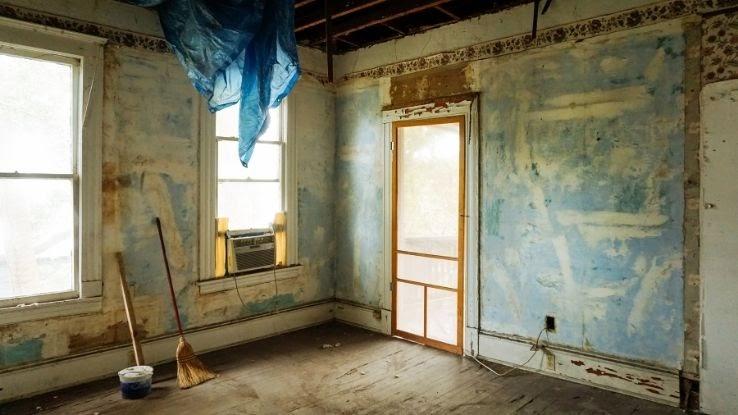
Although the look of the house definitely contributes to its “ugliness,” other qualifiers may include a home’s location in a high-crime neighborhood or in a high-risk area such as a floodplain. Some buyers consider any house that would potentially make a good investment, no matter how damaged it may be — as long as they can get it for a low price.
The Pros and Cons of “I Buy Ugly Houses” Services
While the proliferation of “buy ugly houses” advertisements would suggest these services have taken the real estate world by storm, it’s always important to evaluate whether or not this is the right choice for you. As stated, one of the biggest benefits of this service is its efficiency and speed. Owners can sell their houses in a matter of weeks — often just two to five — after the initial evaluation visit. This is one of the biggest upsides, particularly for homeowners in dire situations who need to move quickly. There’s also much more certainty to these transactions; the buyer makes an offer, there are few (if any) negotiations and fees are generally much lower (or nonexistent).
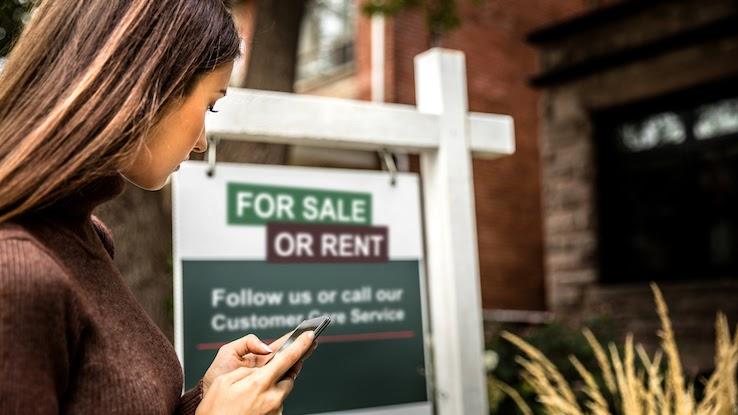
The cash offer a homeowner receives depends on a few factors, including the anticipated renovation costs, holding costs and selling costs. But one big drawback of this service is that this offer completely depends on the buyer. Some may make offers so far below market value that it feels predatory and brings the ethics of the business model into question — is it wrong to capitalize on what might be a seller’s uncomfortable or down-on-their-luck life situation? Another downside is that some buyers may apply high-pressure sales tactics to get sellers to agree to lowball offers, which is why, even if you need to sell your home fast, you should always get offers from multiple sources instead of going with the first company you reach out to.
How Does Traditional Real Estate Compare to Buying “Ugly” Houses?
While traditional real estate remains lucrative, one of the biggest pros of house flipping with an “I buy ugly houses” company is the elimination of extra fees. If you sell your house through a real estate agent, you have to consider a variety of different costs you’ll incur that come standard with the process, including agent commissions, closing, inspection, appraisal, staging, showing and any repairs that arise and on which an offer is contingent. In addition, a traditional sale usually takes at least two months or longer to complete.
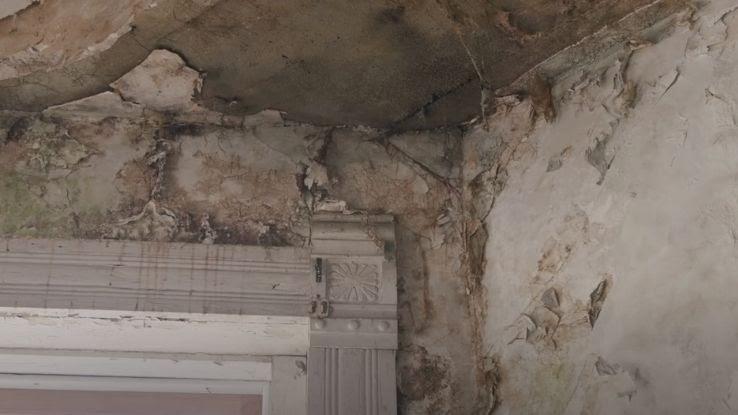
The better the agent’s reputation, the more costs you might have to take into account for services like staging, too. In addition, you may need to account for time you spend planning for and dealing with showings, such as taking time off work, finding a sitter for your kids or taking your pets somewhere while prospective buyers tour your home. Much of the added costs and most of the wait time is eliminated with an “ugly” house service; these buyers know what they’re getting into with the purchase of a lower-value home and won’t spend too much time going back and forth with negotiations.
However, if you’re looking to sell your house for an amount that’s closer to market value, traditional real estate remains a superior choice. Most wholesalers and flippers stick to a 70% rule, meaning they won’t pay more than 70% of the home’s after-repair value — what they expect to get from the sale after fixing up the home. They may offer you as little as 50% of the after-repair value, so it’s difficult to maximize your earnings when selling to a flipper. But if you need to sell your home quickly, it’s still an appealing option.
It’s important to note that house flipping is just gaining steam in some areas of the country, which means the reputations of these types of buyers may vary. Always make sure to do your research. Never go head-first into an offer without looking for online reviews and testimonials about the flipper; you still want to avoid scams and disappointment.
The Future of Real Estate Is Uncertain
While “I buy ugly houses” sales certainly have the potential to be lucrative, traditional real estate remains exactly that: traditional. There’s a number of benefits to working with a real estate agent, including the fact that selling with one of these experts can net you more money, even if you have to wait a bit longer for the process to wrap up. However, the future of traditional real estate has been redefined as 2020 faced unique challenges related to the COVID-19 pandemic, which saw “noticeable drop[s] in home sales.” However, the industry can still adapt to challenges and trends — changes “I buy ugly houses” may not be able to weather as smoothly.
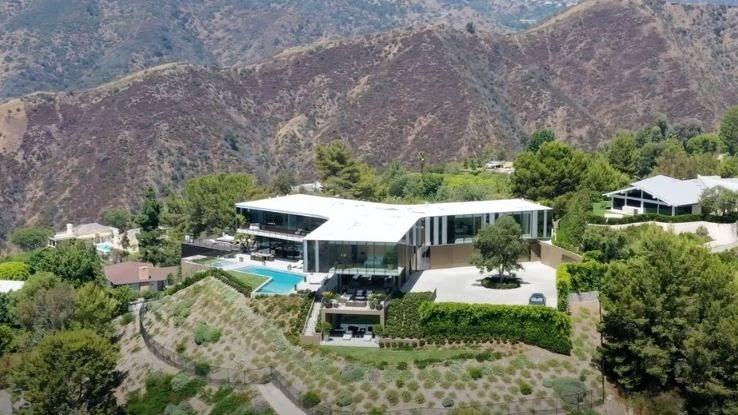
In September 2019, a CNBC report noted that house flippers were seeing some of their lowest returns yet, which was mainly due to overall increases in renovation costs. And, as many renovation services began to face uncertainty during 2020’s economic crisis, the investment return of house flipping sank even lower across the United States — down to a nine-year low. Todd Teta, chief product officer at ATTOM Data Solutions, stated that, while house flipping is a lucrative industry, it may be in trouble as “profits are down and are lower than they’ve been since the dark days following the Great Recession, which is a sign that investors aren’t keeping up with price increases in the broader market.”
At this point in time, it’s difficult to determine how traditional real estate and house flipping will rebound due to the economic climate in the United States — and it may be too early to predict whether house flipping will overtake the real estate industry as a whole. While the company We Buy Ugly Houses was still buying homes as the COVID crisis ramped up, real estate as a whole can be volatile and filled with uncertainty. If you’re looking to invest during these trying times, Forbes recommends tech stocks and precious metals, among several other options. And if you do need to sell your home, Bob Vila outlines how to help the process go smoothly — with help from a real estate agent.





